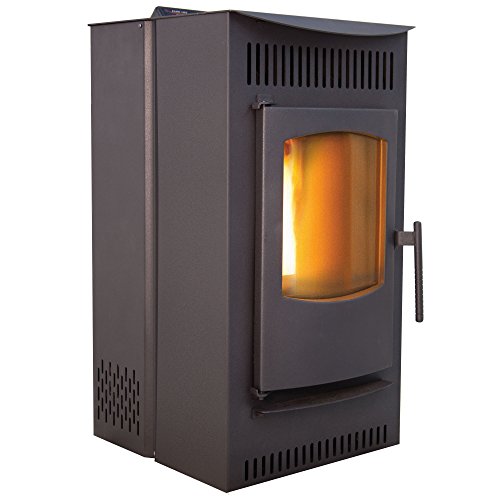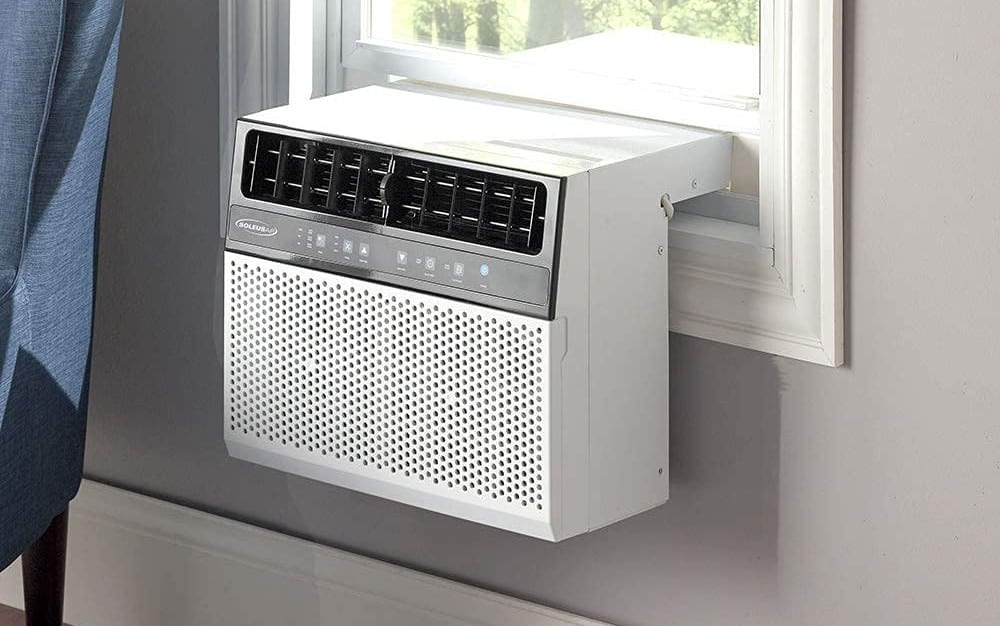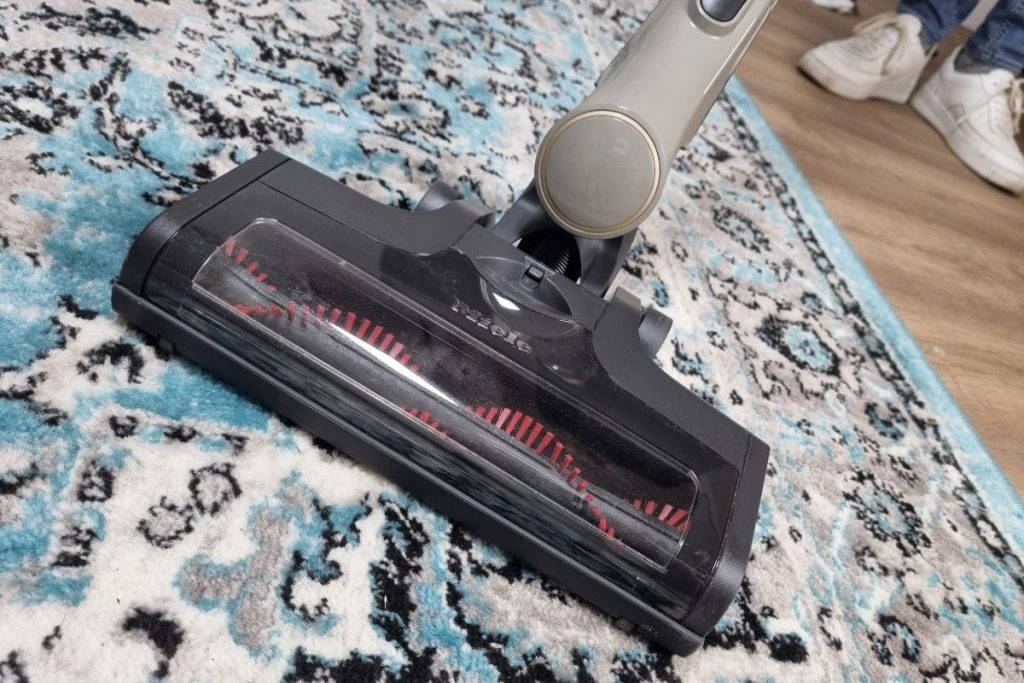Best Pellet Stove For Basement Of 2024: Completed List
Sonya Harris Apr 19, 2024 4:49 PM
What is the current state of the best pellet stove for basement in the market? As a result of the sheer number of options available, clients are likely to feel intimidated while trying to find an appropriate brand to shop for, There are simply too many choices, many of which are low-quality knock-offs, on the market.
In order to aid you in making an informed decision, we've put together a list of 10 different best pellet stove for basement product options that we've investigated and analyzed.

Overview
The basement heating in your home may be in need of an upgrade. Consider installing a pellet heater in your basement, which is a great way to keep the area warm. Wood pellets are used as fuel in a furnace-style burner. A wide selection of stoves are available, allowing you to select the one that best meets your needs.
Unlike other heating devices, these stoves are unique in their design. When compared to alternatives that emit soot and hazardous fumes, they are more convenient and easier to operate. Because they have new surfaces, unlike wood variations that transmit heat through their walls, these are also safe to use in your home.
- SCORE9.4
- BrandPellethead
- Prime
- SCORE8.6
- BrandAshley Hearth
- Prime
- SCORE8.2
- BrandUS Stove Company
- SCORE7.4
- BrandUS Stove Company
- Prime
Last update on 2024-04-19 / Affiliate links / Images, Product Titles, and Product Highlights from Amazon Product Advertising API
Before you spend your hard-earned cash on a pellet stove, think carefully about what you want it to do. There are a variety of stoves on the market that are both cost-effective and efficient. Consider the necessities of the room or residence where the stove will be installed before making a final decision. Before making a choice, consider other aspects of the stove, such as its size and BTU output.
Types of Fireplaces
If you're thinking of installing a fireplace in your basement, you can use gas, wood pellets, or electricity as fuel.
A direct vent system is the safest and most effective alternative for a gas or wood fireplace.
Using stiff or flexible pipes installed in your walls, direct vent fireplaces bring in outside air and heat your home.
As the fire burns, it draws in fresh air from outside, supplying oxygen to the flame, and then venting it out of your house with the noxious gases. Ventilation returns the heated and fume-free air that was taken into the fireplace from within your house. It was heated in this separate chamber before being returned.
As a result of its adaptability, expensive substructures for your house are rarely required. Vents can normally be positioned around posts and joints with ease by installers.
Gas and wood are the two main forms of direct vent fireplaces.
Direct Vent Gas Fireplace
To heat your home, direct vent gas fireplaces use a gas line. As a result, they are more energy efficient than traditional wood-burning fireplaces. Fuel energy is converted to heat by wood fires in the range of 10% to 30%, whereas gas fires in the range of 75% to 100%.
In addition, cleaning a gas fireplace after use is minimal. Removing the ashes or replacing the wood isn't necessary.
Direct vent gas fireplaces come in a wide variety of styles. The exterior of your home might be made of brick, tile, wood, stone, or any other material that you like. To give the fireplace a more realistic appearance, faux logs can be placed within.
Direct Vent Wood Pellet Stove
Small pellets (compacted sawdust) are used exclusively in direct vent pellet stoves, making them one of a kind. Burning pellets releases warm air, which is disbursed by a small fan inside the stove.
Compared to typical wood fireplaces, they are more energy-efficient and provide superior heating effects. Their efficiency in converting fuel to heat still pales in compared to gas fireplaces.
Despite the fact that they aren't as efficient as traditional wood-burning fireplaces, they will nonetheless require cleanings from time to time.
Using a pellet stove at home is risk-free, as the stove will keep the room warm even if you leave. They need a solid foundation, such as a stone or concrete block, as well as electricity to run their internal fan.
Electric Fireplaces
In an electric fireplace, electricity is used to heat coils that are then circulated by an internal fan. Instead than requiring a ventilation system, these fireplaces can be plugged into a standard outlet.
Many different designs, sizes, and materials are available for these fireplaces. Despite the fact that the flame isn't real, these fireplaces are safe to touch if you happen to bump into one.
Size
Before you buy a stove, you need decide where it will go. Doing so could result in restricted placement alternatives once you buy. Prior to making a pellet stove purchase, make sure to have the dimensions you need. Buying a stove that will fit in your planned location is easier this way. For your own safety, you'll need to account for any additional room you may require. To avoid fires, check with the manufacturer to see if clearance is required.
The placement of a pellet stove in a room is an important consideration. It's likely that guests will take notice of your pellet stove, so you might want to design your room around it.
BTUs
In order to determine how much space in your house, basement, enclosed porch, or living room will be warmed, it's critical to know how many BTUs your system has. BTU output is a measure of the appliance's ability to heat a big area at once.
Having a 2,200-square-foot home to heat with a pellet stove will necessitate a stove that burns at least 55,000 BTUs per hour. For a 1,200-square-foot room, the required number of BTUs may be as low as 20,000.
Heating power
The first and most crucial item to consider when shopping for a pellet stove is whether or not the unit's heating capacity will be sufficient for the specified space. If you have an undersized stove, it can only be used for supplement heating, and if you have a large pellet stove, you'll end up squandering a lot of money on useless fuel.
Basement size
Choose a pellet stove with a heat output of between 30,000 BTUs and 60,000 BTUs based on the square footage of your home. Be aware that the actual heat output may be lower than claimed, so always choose a greater BTU rating than you anticipate needing. If you have a 1,300-square-foot home, a 50,000 BTU pellet stove is a good choice for your heating needs. You should, of course, take into account other relevant factors, such as the insulation and environment in which you live. A well-insulated house in a milder environment can be heated more easily than a poorly insulated house or one located in an area with extremely low winter temperatures.
Location
A pellet stove's location is an important consideration for determining the best heat output for your home. Place the stove in an area of your home where the heat can be easily dispersed throughout the entire house if you want to maximize its efficiency and heating capacity. Pellet stoves allow you to choose the placement of your stove without having to redesign the space where you intend to use it the most, so putting one in your living room, office, or dining room is always a good idea. A simple installation and no chimney are all that is needed to enjoy a cozy night in front of the fire.
Can I use my pellet stove in the event of a power outage?
The only pellet stove on our list that doesn't require electricity to operate is the non-electric model. SEC America, on the other hand, recommends keeping a backup battery on hand in case of emergency or unplanned outages. Marine batteries can keep your pellet stove going for a short time until your electricity is restored or an alternative option is found.
How much wood pellets will I need?
How many wood pellets you need per season depends on the size of your home and how much heat you want to maintain it at, as well as weather conditions. It is estimated that you may need between 2 and 4 tons of wood pellets each year, which is much less expensive than utilizing wood, according to the National Energy Foundation (NEF).
Will a pellet stove in the basement heat the house?
Yes! You can be sure that a pellet stove in your basement will keep your home warm. Indeed, the basement is the ideal location for a pellet stove because it is the home's coolest region. For the basement to get the most heat, you must, however, make sure that it has adequate ventilation.
How do you vent your pellet stove from the basement?
You can use the chimney on the first level to vent your pellet stove. An exhaust pipe can be installed in the chimney even if the chimney has an existing vent.
Can You Direct Vent a Pellet Stove?
If you want to use a pellet stove for direct venting, you must close the gas valve and open the firebox door.
Then, use a spark arrester to shut the burner in an airtight way. Next, connect the propane regulator to your pellet stove and turn on the power switch. If you use a pellet stove, be sure you follow these safety measures.
How Far Can You Vent a Pellet Stove?
The model of pellet stove you have will determine the answer to this inquiry.
It is more efficient than conventional heating systems and may be used for both heating and cooking with a pellet burner. In a firebox, pellets comprised of compressed sawdust and wood chips are heated to an extreme temperature and then burned. With an adjustable damper or draft regulator, you can control how much air flows into your home based on how warm it needs to be in order to keep your family safe and comfortable throughout the cold winter months.
As far away from your pellet stove as possible, depending on your stove's model, is possible to raise your flue pipe (the pipe connecting the firebox to your chimney). This can be done up to a distance of 24 feet.
Personal choice, desired efficiency, and simplicity of use/maintenance are all factors that should be considered when selecting a fireplace for your basement.
You can rely on our expertise whether you're ready to install a fireplace in your basement, or if you have any other queries concerning your chimney or fireplace.


























